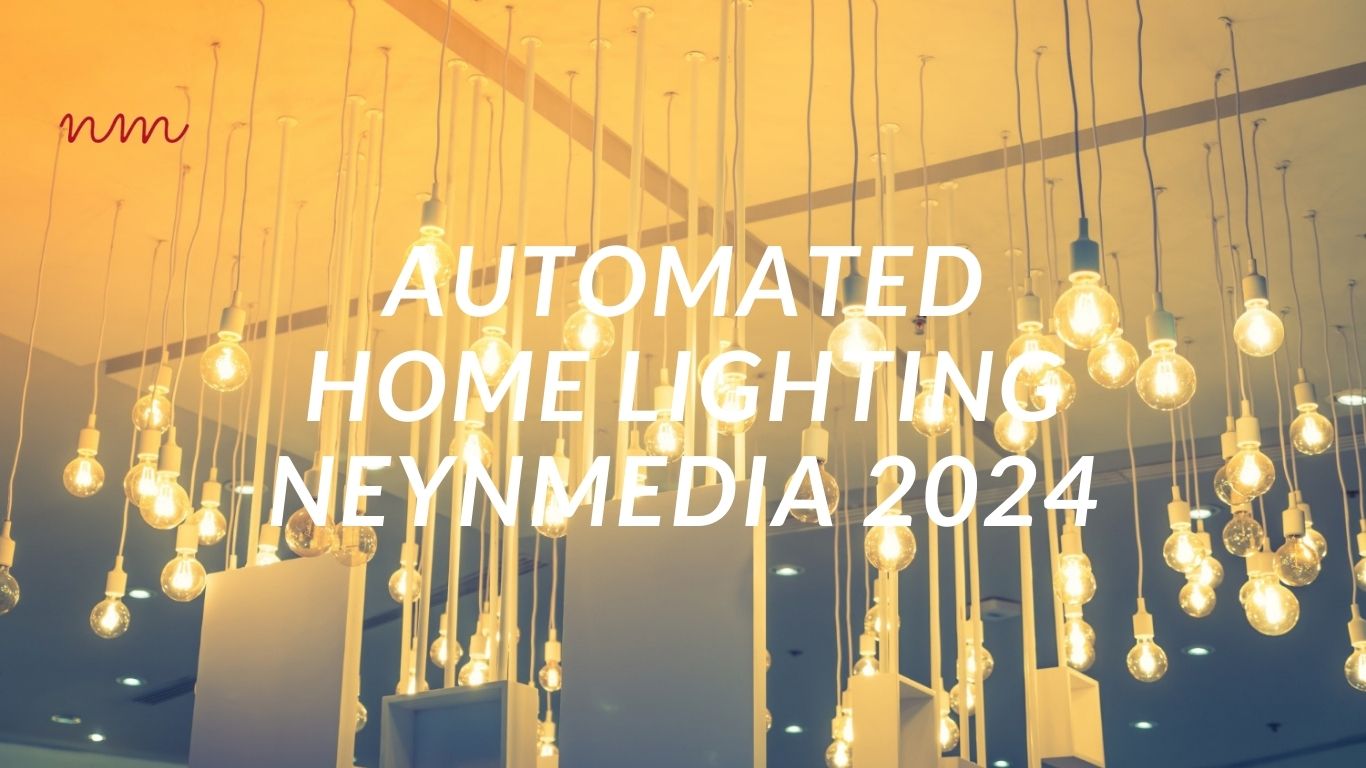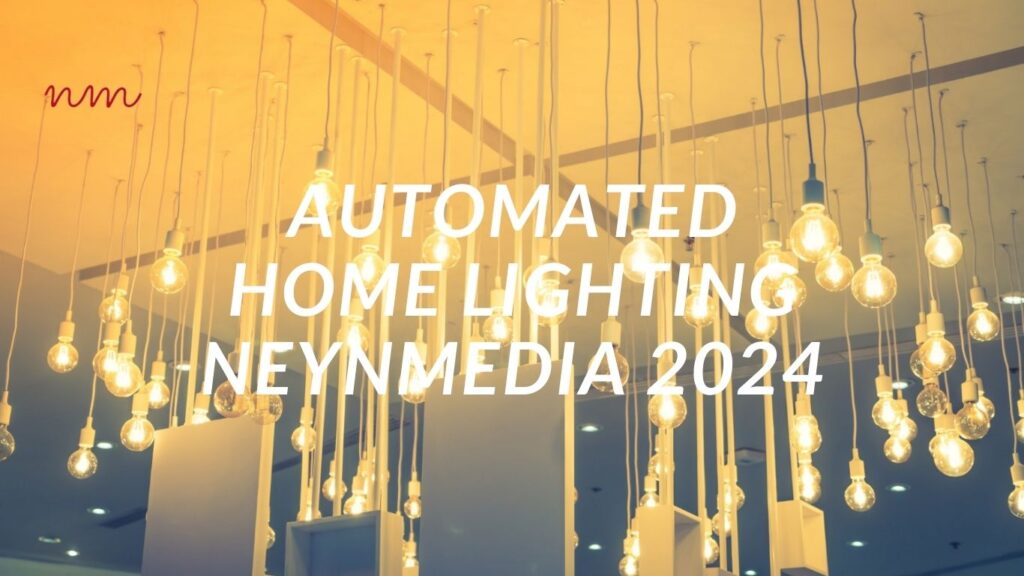Automated Home Lighting: Illuminating the Future of Smart Living
Smart homes are no longer a futuristic concept but a present-day reality, with automated home lighting systems taking center stage in enhancing the way we live. From energy efficiency to personalized lighting scenes, these systems offer a plethora of advantages that go beyond just illuminating our homes.
Introduction
In recent years, the demand for automated home lighting systems has surged as homeowners seek to make their living spaces not only more convenient but also smarter and more energy-efficient. This article explores the various facets of automated home lighting, from the components that make up these systems to the integration with voice assistants and the impact on home security.
Advantages of Automated Home Lighting
Energy Efficiency
One of the primary benefits of automated home lighting is its contribution to energy efficiency. Smart bulbs and lighting systems are designed to consume less energy compared to traditional lighting sources, resulting in lower electricity bills and reduced environmental impact.
Convenience and Ease of Use
Imagine controlling the lighting in your entire home with just a tap on your smartphone. Automated home lighting brings unprecedented convenience, allowing users to adjust brightness, color, and ambiance effortlessly. The days of manually flipping switches are becoming a thing of the past.
Security Benefits
Automated lighting systems play a significant role in home security. With features like motion-activated lighting and the ability to simulate occupancy when you’re away, these systems act as a deterrent to potential intruders.
Components of an Automated Lighting System
To understand how automated home lighting works, it’s essential to delve into its fundamental components.
Smart Bulbs
Smart bulbs are the building blocks of automated lighting. These bulbs can be controlled wirelessly, enabling users to adjust brightness levels and color temperatures according to their preferences.
Smart Switches and Dimmers
For those who want to upgrade their existing lighting fixtures without replacing bulbs, smart switches and dimmers provide a viable solution. These devices allow for remote control and automation of traditional lighting.
Centralized Control Hubs
Centralized control hubs serve as the brain of an automated lighting system. They facilitate communication between smart devices, ensuring seamless integration and synchronized operation.
Integration with Voice Assistants
The marriage of automated home lighting with popular voice assistants like Amazon Alexa and Google Assistant brings a new level of interactivity.
Compatibility with Popular Voice Assistants
Most automated lighting systems are designed to be compatible with widely used voice assistants, allowing users to control their lights through simple voice commands.
Voice-Activated Commands for Lighting Control
“Hey Google, dim the living room lights” or “Alexa, turn off all lights” are commands that have become part of daily life for those with automated home lighting setups.
Customization and Personalization
One of the standout features of automated lighting is the ability to customize and personalize the lighting experience.
Setting Lighting Scenes
Users can create predefined lighting scenes for different occasions, such as movie nights, dinner parties, or relaxing evenings. These scenes can be activated with a single command or tap.
Scheduling Lighting Changes
Automation goes a step further with the ability to schedule lighting changes throughout the day. Wake up to a gently lit room in the morning and have the lights gradually dim as bedtime approaches.
Adaptive Lighting Based on User Preferences
Some advanced systems use machine learning algorithms to adapt to users’ preferences over time, creating a dynamic and personalized lighting environment.
Enhancing Home Security with Automated Lighting
Beyond aesthetics and convenience, automated lighting contributes to home security in innovative ways.
Simulating Occupancy
When away from home, automated lighting systems can simulate occupancy by randomly turning lights on and off, creating the illusion that someone is present.
Motion-Activated Lighting for Deterrence
Motion sensors integrated with lighting can act as a deterrent to intruders. Sudden illumination in response to motion can startle and discourage unauthorized access.
Energy Savings and Sustainability
The energy-saving features of automated lighting not only benefit homeowners but also contribute to a more sustainable future.
Efficient Use of Energy Resources
Smart lighting systems use energy-efficient LED technology and incorporate features like automatic shutoff to ensure optimal energy use.
Impact on Reducing Carbon Footprint
By reducing overall energy consumption, automated lighting systems play a role in lowering carbon footprints, aligning with the global push towards sustainable living.
Smart Lighting for Health and Well-being
Beyond the tangible benefits, automated lighting can positively impact health and well-being.
Circadian Rhythm Synchronization
Some systems offer features to synchronize lighting with the natural circadian rhythm, promoting better sleep and overall health.
Adjustable Color Temperature for Mood Enhancement
The ability to adjust color temperature allows users to create lighting atmospheres that enhance mood and productivity.
DIY vs. Professional Installation
The adoption of automated lighting can take different paths, depending on personal preferences and technical expertise.
Ease of DIY Installation
Many automated lighting products are designed for easy installation by users without extensive technical knowledge. DIY setups allow for quick and cost-effective implementation.
Benefits of Professional Installation
For those seeking a more comprehensive and integrated smart home experience, professional installation ensures proper configuration and seamless integration with other smart devices.
Cost Considerations
Understanding the costs associated with automated lighting is crucial for informed decision-making.
Initial Investment vs. Long-term Savings
While the initial cost of automated lighting systems may seem high, the long-term savings in energy bills and potential home security benefits often outweigh the upfront investment.
Comparison with Traditional Lighting Systems
A detailed comparison of costs, considering factors such as bulb lifespan, energy efficiency, and maintenance, helps users make informed choices based on their budget and preferences.
Common Challenges and Solutions
Despite the numerous benefits, users may encounter challenges in the implementation and use of automated lighting.
Connectivity Issues
Issues with device connectivity can disrupt the seamless operation of automated lighting. Troubleshooting tips and solutions are essential for users to address connectivity challenges.
Software Updates and Compatibility
As technology evolves, software updates become crucial. Ensuring compatibility with the latest updates and other smart home devices is key to a hassle-free experience.
Future Trends in Automated Home Lighting
The world of automated home lighting is dynamic, with ongoing advancements shaping its future.
Advancements in Smart Lighting Technology
Expect continuous improvements in smart lighting technology, including enhanced features, improved energy efficiency, and broader compatibility with other smart devices.
Integration with Emerging Technologies
As the Internet of Things (IoT) expands, automated lighting systems will likely integrate with emerging technologies, creating more sophisticated and interconnected smart home ecosystems.
User Experiences and Reviews
Real-world experiences and user testimonials provide valuable insights into the practical benefits of automated home lighting.
Testimonials from Users
Hearing from users who have embraced automated lighting can help potential adopters understand the real impact on daily life, convenience, and overall satisfaction.
Real-World Applications and Benefits
Explore specific use cases where automated lighting has made a tangible difference, from energy savings to enhanced security and improved lifestyle.
Case Studies of Successful Installations
Highlighting successful automated lighting setups showcases the versatility and adaptability of these systems.
Showcasing Successful Automated Lighting Setups
Explore case studies where homeowners have successfully implemented automated lighting to meet their specific needs and preferences.
User Satisfaction and Improved Lifestyle
Analyze how automated lighting contributes to increased user satisfaction and an overall improvement in the quality of life.

Conclusion
In conclusion, automated home lighting is not just a modern convenience but a transformative element that enhances energy efficiency, security, and overall well-being. As technology continues to evolve, the adoption of smart lighting systems is likely to become even more widespread, reshaping the way we illuminate and interact with our homes.
FAQs (Frequently Asked Questions)
- Are automated lighting systems compatible with all types of bulbs?
- Automated lighting systems are generally designed to work with specific smart bulbs, ensuring optimal performance and functionality.
- Can I install automated lighting systems in an older home?
- Yes, many automated lighting products are designed for easy retrofitting, making them suitable for older homes.
- Do automated lighting systems work during power outages?
- Some systems come with battery backups or can be integrated with uninterruptible power supplies (UPS) to ensure functionality during power outages.
- How secure are automated lighting systems from hacking?
- Manufacturers prioritize the security of automated lighting systems, implementing encryption and authentication measures to prevent unauthorized access.
- What is the average lifespan of smart bulbs used in automated lighting systems?
- The lifespan of smart bulbs varies, but most LED-based bulbs have a lifespan of 15,000 to 25,000 hours, providing long-lasting illumination.
Related Post:



